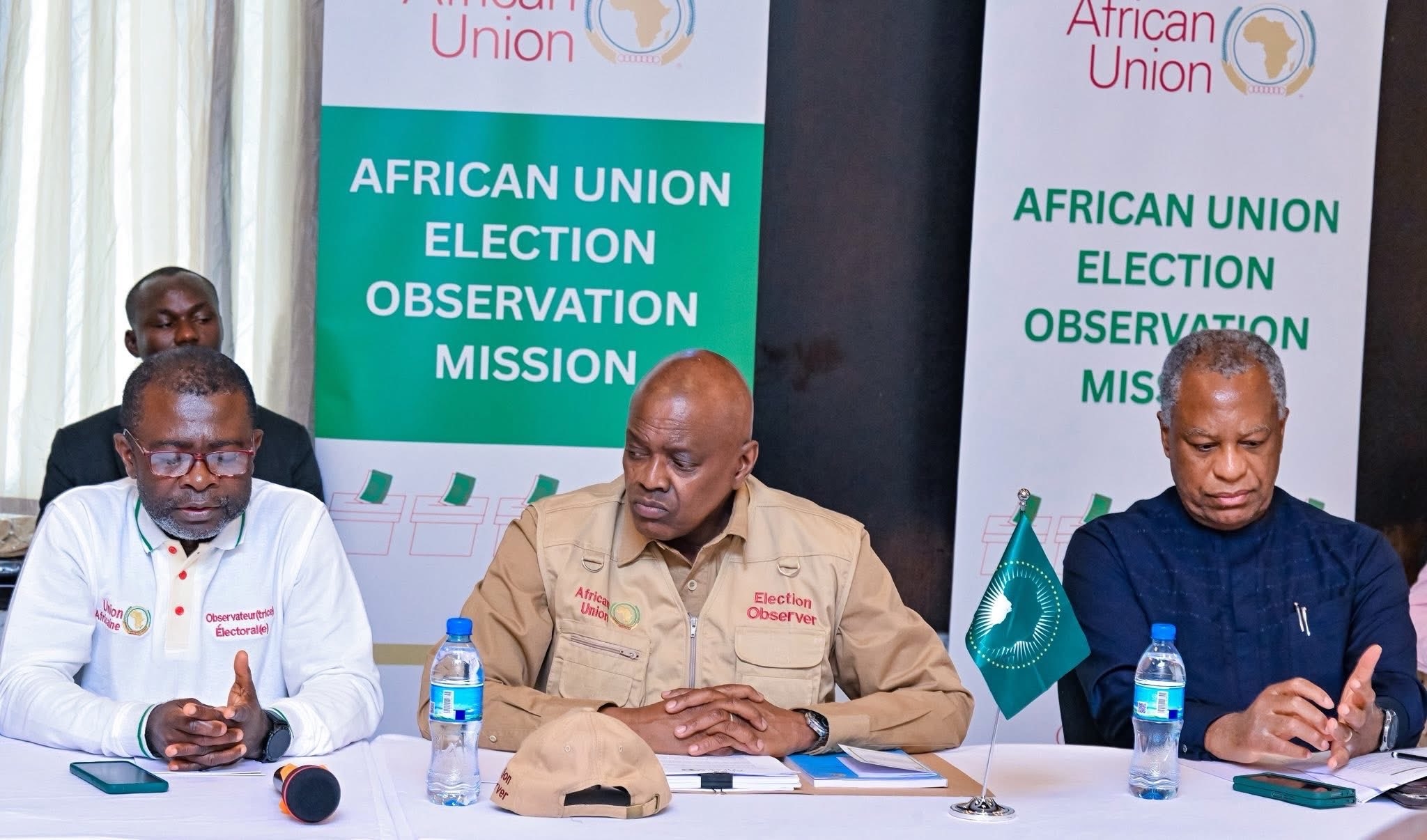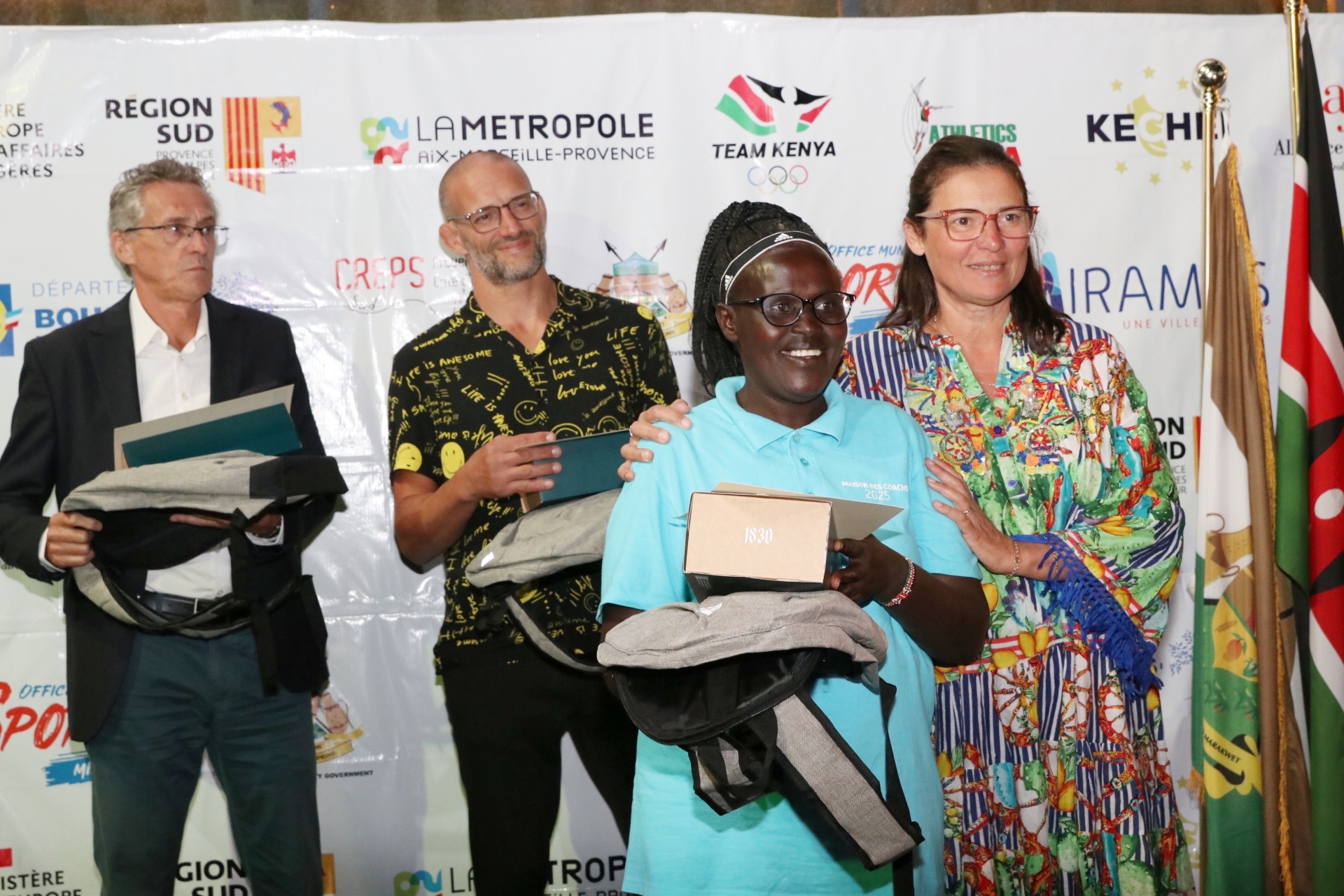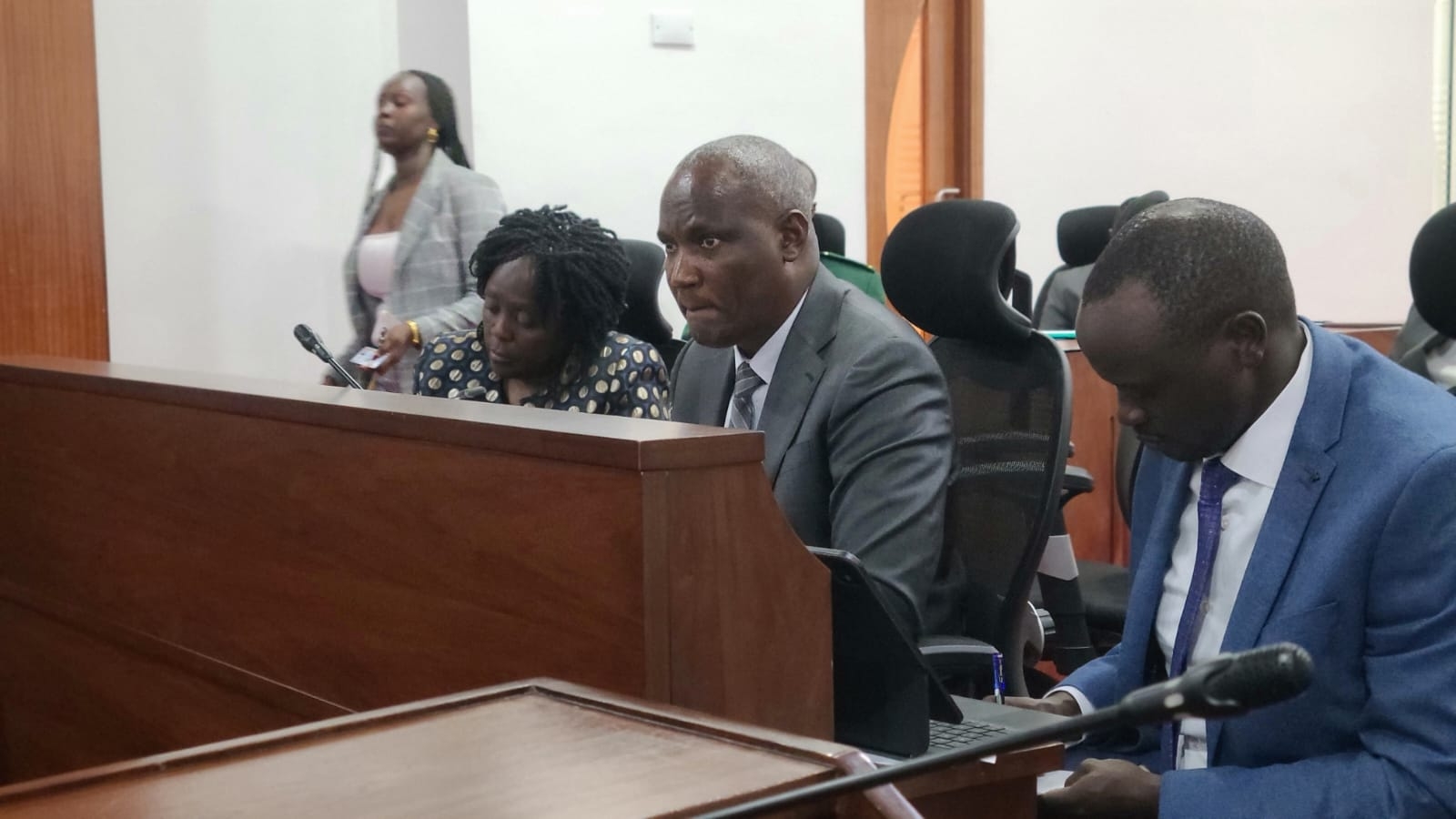UK charity organisation Sand Dams Worldwide has marked 20 years of supporting needy Kenyans in drylands to transform their lives through water and soil conservation.
The organisation has facilitated the building of over 1300 sand dams in Machakos, Kitui and Makueni among other areas.
The dams have alleviated water poverty for over a million people as well as helping wildlife thrive and restoring the environment.
Speaking in Nairobi during celebrations to mark the milestone, Sand Dams Worldwide chairman David Jordan said new generations of dryland farmers now use water from a nearby sand dam to irrigate their crops and grow nutritious food to feed their families and local communities.
“With improved food security, people’s health and well-being have improved. With time saved from having to fetch water daily from long distances, children have been able to attend school and women have been able to learn new skills and develop income-generating businesses,” he said.
Jordan announced that they are seeking to influence and educate those who can help achieve their vision including but not limited to policymakers, international NGOs, government departments, and civil engineering firms.
Sand Dams Worldwide is targeting to build 100 sand dams every year by 2025 through direct support and by influencing others.
“We are hoping to influence the implementation of 1 million sand dams for half a billion people by 2050,” Jordan noted.
The dams are built by securing one or two long concrete barriers across river beds, and by placing a pipe under these barriers.
When it rains, the water carries sand downstream, depositing it against the concrete wall. Eventually, the area behind the wall becomes filled with this sand.
At the end of the rainy season, water remains trapped in this piled-up sand. This water gradually drains into the pipe and can be collected using a basic hand pump or simply by digging into the base of the dam.
Analysis has shown that water held within sand dams is safe to drink and meets World Health Organisation standards for drinking water.
Sand Dams Worldwide further announced it is expanding its programs in countries where they have already made an impact including Kenya, Mozambique, Zimbabwe, Malawi and Ethiopia, and launch new ones in new countries, including Tanzania.
Jordan said recent projects have also shown how sand dams can help reduce conflict over limited water resources, as well as support wildlife, endangered animals, pastoralists, and their livestock in drylands.
Halinishi Yusuf, a trustee of Sand Dams Worldwide, noted that sand mining had become a threat to alluvial water in ephemeral river systems.
“Sand resources are the second most exploited natural resource in the world after water. Demand for sand has increased exponentially in two decades, resulting in a boom in global sand extractions,” she said.
Yusuf added that sand needs to be recognised as a strategic resource that delivers critical ecosystem services and underpins the construction of vital infrastructure.
Sand dams are recognised by the United Nations as an important solution to water and soil conservation in drylands across the world.
Drylands comprise over 40 per cent of the world’s land surface and are home to 2.3 billion people, including 74 per cent of the world’s poor people.












